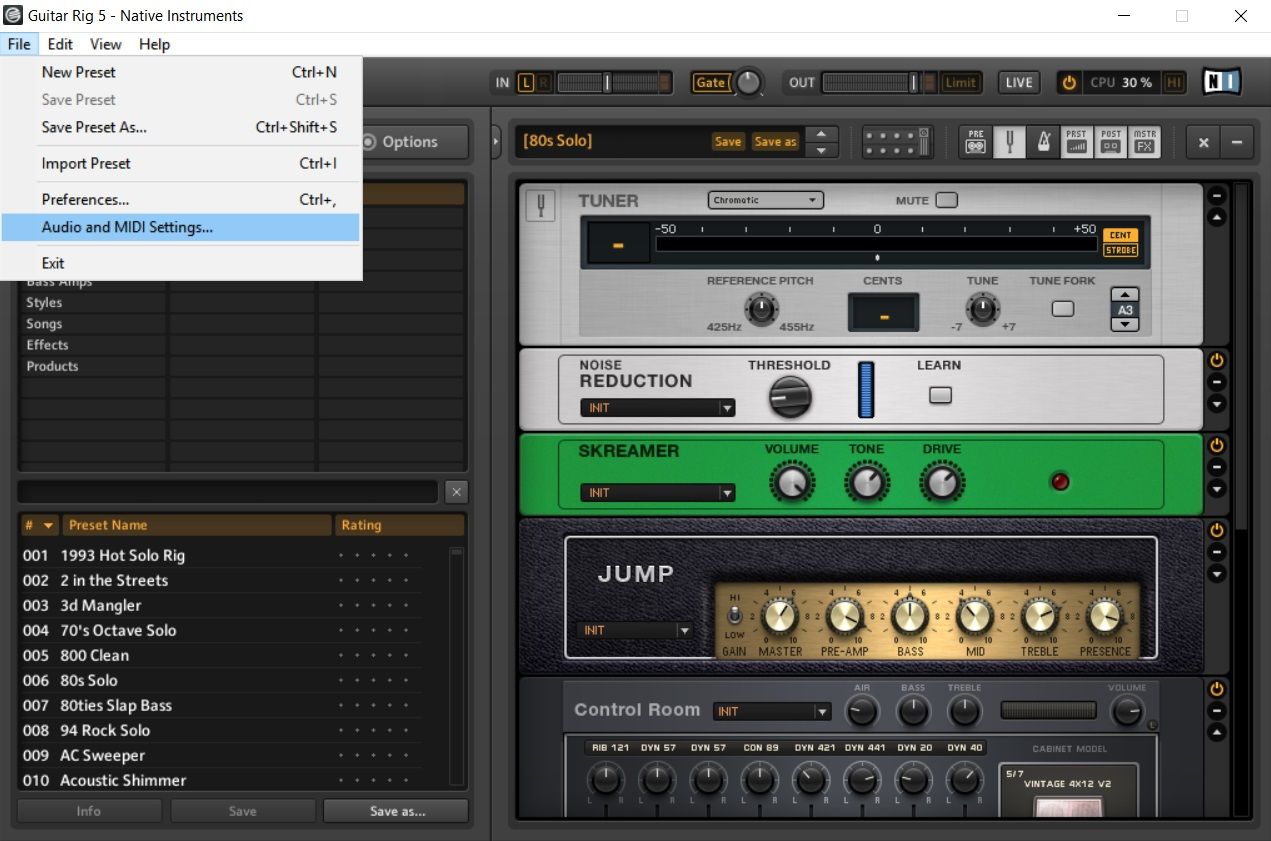

This VCR had two recording speeds: normal, and the newer half speed. In 1977, Sony issued the first long-play Betamax VCR, the SL-8200. The suffix -max, from the word "maximum", was added to suggest greatness. According to Sony's history webpages, the name had a double meaning: beta is the Japanese word used to describe the way in which signals are recorded on the tape and the shape of the lowercase Greek letter beta (β) resembles the course of the tape through the transport.

Like the rival videotape format VHS (introduced in Japan by JVC in September 1976 and in the United States by RCA in August 1977), Betamax has no guard band and uses azimuth recording to reduce crosstalk.
Tapedeck for mac professional#
The cassettes contain 0.50-inch-wide (12.7 mm) videotape in a design similar to that of the earlier, professional 0.75-inch-wide (19 mm), U-matic format. The first Betamax VCR introduced in the United States was the LV-1901 model, which included a 19-inch (48 cm) color monitor, and appeared in stores in early November 1975. The underside of a Betamax cassette Launch and early models Sony continued to sell Betamax cassettes until March 2016. ĭespite this, Betamax recorders continued to be manufactured and sold until August 2002, when Sony announced that they were discontinuing production of all remaining Betamax models. It was developed by Sony and was released in Japan on May 10, 1975, followed by the US in November of the same year.īetamax is widely considered to be obsolete, having lost the videotape format war which saw its closest rival, VHS, dominate most markets. Recorders discontinued August 2002 Blank cassettes discontinued March 2016īetamax (also known as Beta, as in its logo) is a consumer-level analog recording and cassette format of magnetic tape for video, commonly known as a video cassette recorder.
Tapedeck for mac mac#
TapeDeck is $24.95 in the Mac App Store, but before you buy you can try TapeDeck by downloading it from the homepage.For the Philippine street food, see Filipino cuisine § Pulutan accompaniments snack for drinks. But if you just want to quickly get stuff into your Mac and send it to iTunes or YouTube when you’re done, then TapeDeck will work with the hardware you have and will fit the bill nicely as “record & go” software. If you’re looking for the ability to edit audio post recording, this might not be for you. It’s an old school take using new school tools to simplify how you record audio, while giving you some powerful options. Holding down the command-key will open up that avenue for you, allowing you to take tracks from the tape box and stuff ‘em in the trash.

If you want to delete audio, it’s confusing since there’s no right-click delete or simple drag & drop. That old garage recording doesn’t have to be lost in a shoebox when it’s all on your Mac. If you have a crap load of recordings, you can use the search bar to filter by color, quality, date, month, month, and year using tags. More powerful than organizing your cassettes by color is the search bar. You can add notes to the tape by clicking on the notes area, change the title, and change the color of the tape by clicking on the A.

If you want to monitor what you’re recording (like a guitar riff), you can monitor audio through your headphones or other secondary output device you have connected to your Mac. Your Mac can utilize the ‘x amount’ of channels it’s fed, and TapeDeck can utilize that to capture audio from a specific source.
Tapedeck for mac pro#
If you decide you want to connect pro hardware (TapeDeck teases the Digidesign Eleven Rack), you’ll have the choice of choosing between more than just the default two channels. TapeDeck has some weird conventions here and there when it comes to working with your cassettes, but a quick detour through the help files straighten interface quirks out and reveal some advanced functions. You can organize recordings by color, add notes, select audio quality per recording, and choose either stereo or mono (mono only records audio on the first of the two channels you’re recording to). m4a file which shows up as a cassette in the tap box (the drawer that holds your cassettes). If you have the jack for your Mac’s line-in port, you’ll be able to quickly save off audio to a. TapeDeck for the Mac is a cassette deck for OS X, enabling you to quickly label and record audio from the built in microphone or connected pro hardware, and can allow you to monitor (playback) audio as it’s being recorded. Much like TinyVox which we looked at recently, you’d think TapeDeck would be its older brother (though the two aren’t related).


 0 kommentar(er)
0 kommentar(er)
